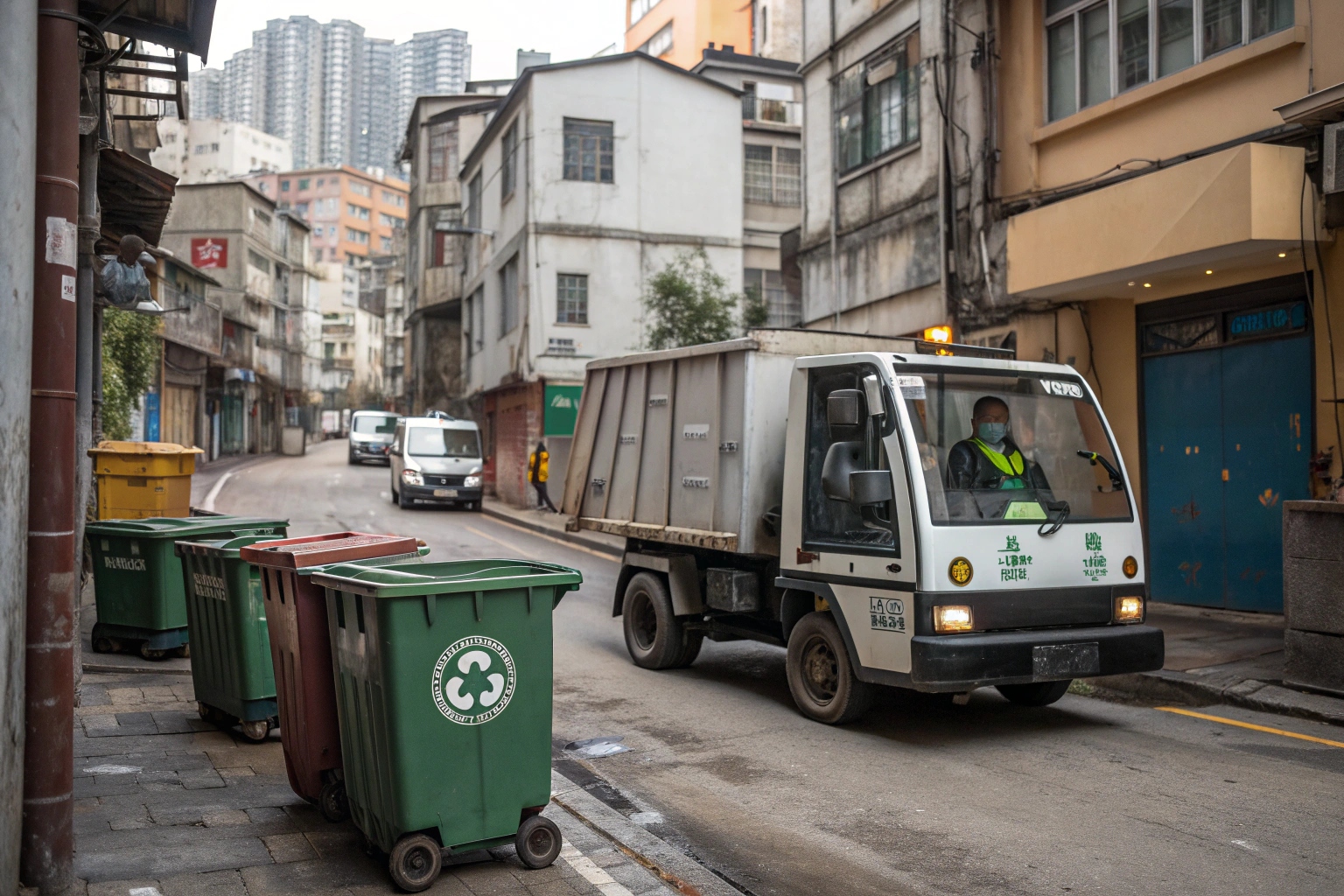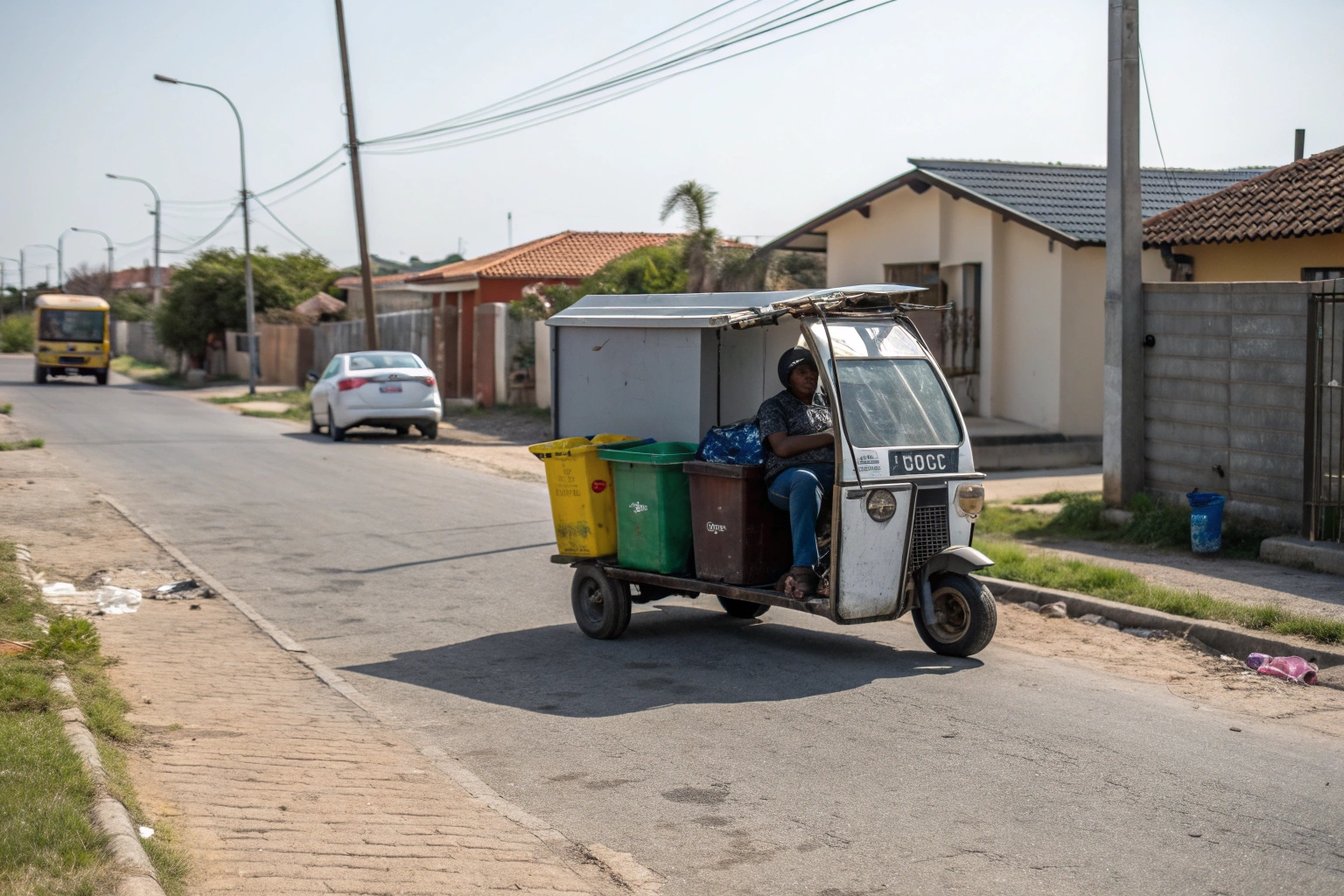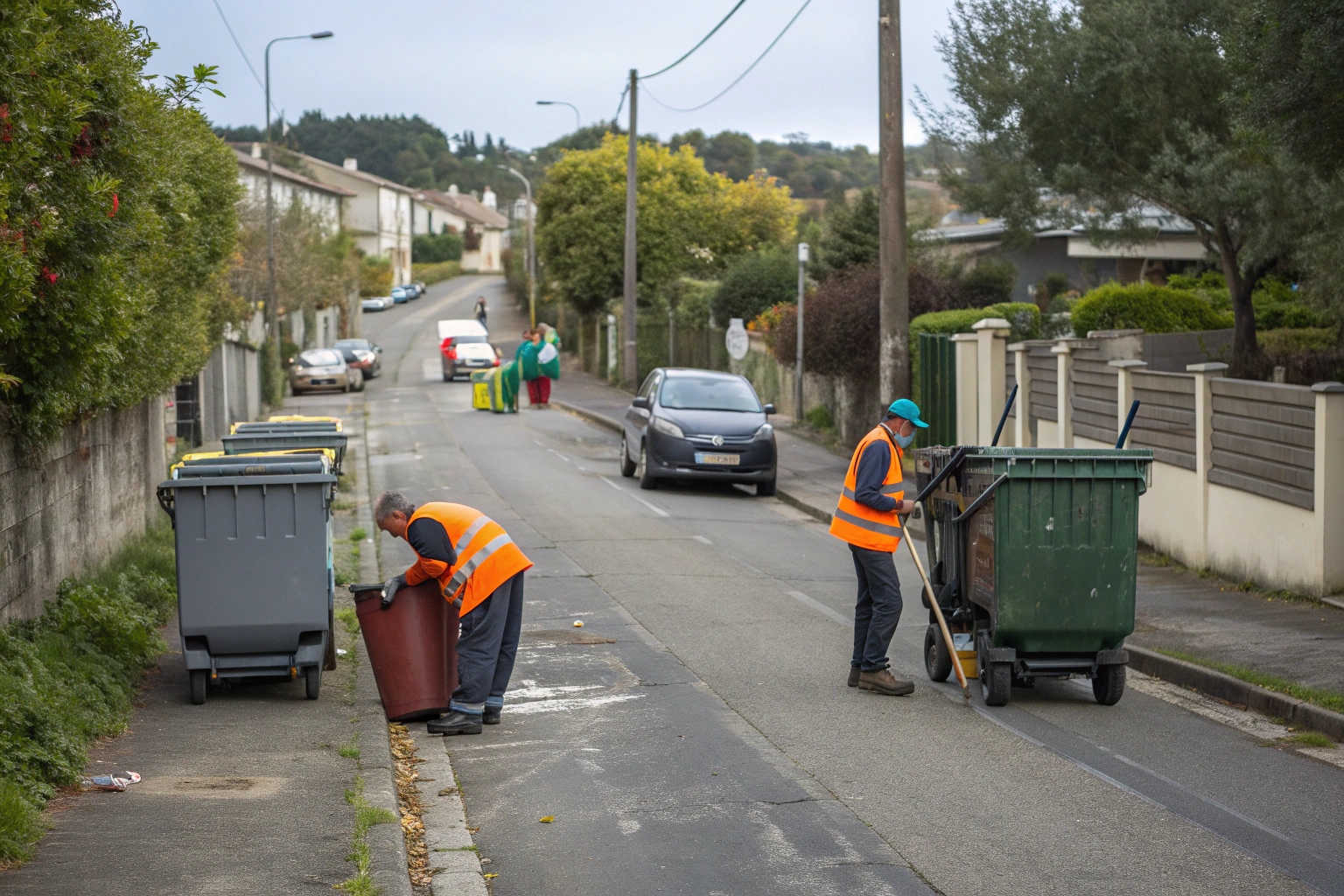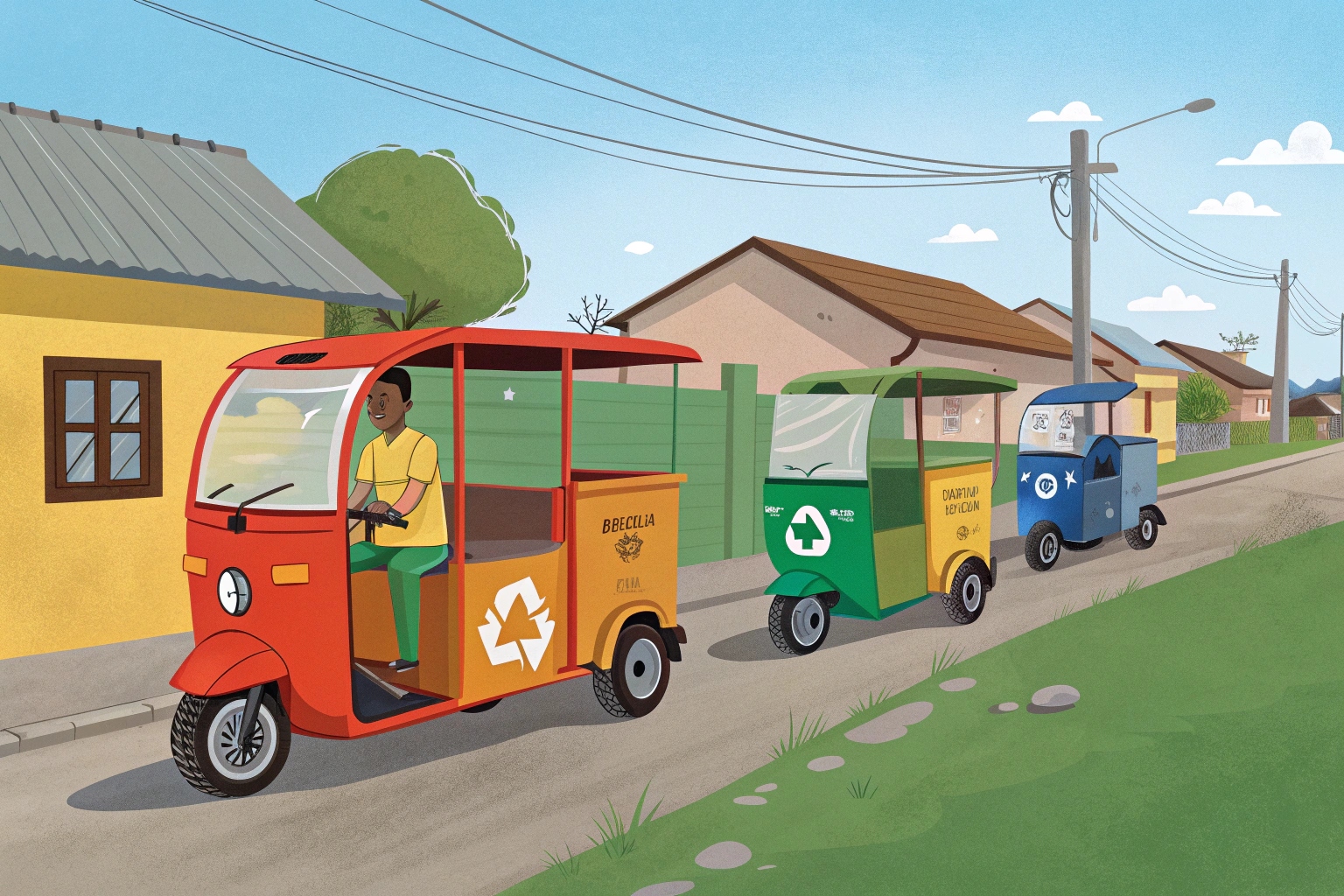Buying the wrong number of sanitation vehicles is a mistake that costs you twice. First, in wasted money, and second, in service that fails your community. This is a common problem.
Fleet size depends on service area size, road layout, waste volume, number of shifts, and each vehicle’s loading capacity. Denser areas with narrow roads often require more, smaller vehicles to provide effective coverage.

I get this question all the time from importers and city managers: "How many vehicles do I need?" There is no magic number. As a factory owner, I've seen clients from different countries tackle this, and the ones who succeed are the ones who plan carefully. They don't just guess. They look at the unique needs of their community. Getting this right is the most important step in building a successful waste collection system. Let's walk through how to do it.
What factors determine how many sanitation vehicles a community needs?
Basing your fleet size on population alone is a common, but serious, mistake. It ignores how waste is actually generated and collected, leading you to buy the wrong equipment.
Your required fleet size depends on the service area, road layout, daily waste volume, collection frequency, and the cargo capacity of your vehicles. These factors work together to define your operational needs.

The first step in planning is always to stop guessing and start measuring. I once had a client who bought five mini-trucks for a small town, which seemed right for its population. But they didn't account for the historic city center, where the streets were too narrow for the trucks to enter. They ended up with expensive vehicles that could only service half the city. We eventually helped them supplement their fleet with our electric garbage tricycles to cover those hard-to-reach areas. This experience taught me to always start with the five key planning factors.
These five factors are:
- Total Service Area (km²): How much ground do you need to cover?
- Road Network & Accessibility: Are the roads wide or narrow? Paved or unpaved? Are there many dead ends and tight corners?
- Daily Waste Volume: How much waste does the community produce? The UN estimates about 0.5–0.8 kg per person per day, but this varies. You must calculate your local volume.
- Collection Frequency: Are you collecting once a day, twice a day, or a few times a week?
- Vehicle Capacity: How much waste can each vehicle hold (in m³ or kg)?
For community projects, the most critical factors are often road accessibility and vehicle capacity. This is where small, agile vehicles like electric tricycles become an essential part of the plan.
How much area can a small garbage tricycle cover in one shift?
You know you need a smaller vehicle, but how capable is it? Without knowing its real-world coverage, it's impossible to plan your routes or know how many you need.
A small garbage tricycle can efficiently cover 2 to 5 square kilometers in a single 6-to-8-hour shift. The exact coverage depends on the tricycle's cargo volume, the density of collection points, and local road conditions.

At our factory, we build tricycles with different cargo capacities, usually between 3 and 5 cubic meters. A new client might automatically assume the biggest is best. But in waste collection, bigger isn't always better. The right vehicle is the one that best balances capacity with efficiency for a specific route. For example, a 5m³ trike can hold more waste, which means fewer trips to the disposal site. This is great for suburban areas where collection points are spread out. However, in a dense, historic city center with very narrow alleys, a smaller, more agile 3m³ trike will be faster. It can make tight turns without stopping and can complete its route much more quickly, even if it has to make an extra trip to unload. We help clients analyze their routes to select the perfect size.
| Trike Capacity | Approx. Area Coverage | Collection Time | Ideal Use Case |
|---|---|---|---|
| 3 m³ | ~2.5 km² | 6–7 hours | Extremely dense areas, narrow alleys. |
| 5 m³ | ~4.0 km² | 8 hours | Mixed-use areas, routes far from dump. |
Choosing the right capacity is the key to maximizing the area each vehicle can cover, which in turn helps you optimize your total fleet size.
How does route frequency affect sanitation vehicle requirements?
You assume that collecting waste more often must mean buying more vehicles. This thinking can lead you to over-invest in your fleet and drive up your operating costs unnecessarily.
More frequent collection, such as twice daily instead of once, can actually allow you to service a community with fewer vehicles overall. This is because the same fleet is used more efficiently.

This idea often surprises our clients, but the logic is simple. It is all about vehicle utilization. Let’s say a vehicle's route takes 4 hours to complete. If you only have one pickup scheduled per day, that vehicle will sit idle for half the workday. However, if you schedule a morning pickup and an afternoon pickup, that same vehicle can run its route twice. You are providing better service with the same asset. This approach is not just theory; it has real financial benefits. You might be able to reduce your required fleet size by 30-50%, drastically cutting your initial purchase cost. This strategy works especially well in places with hot climates or for communities that separate food waste. Organic waste needs to be collected daily to control odors and pests. A small, dedicated fleet of trikes running high-frequency routes is the perfect solution. One of our clients in Southeast Asia adopted this model and found they could cover their entire district with three trikes running twice a day, instead of the five they had originally planned for single daily pickups.
What type of sanitation vehicle is most cost-effective for small communities?
Your small community runs on a tight budget. A full-sized garbage truck is too expensive to buy and operate, but using manual pushcarts is inefficient, slow, and hard on your workers.
Electric garbage tricycles are the most cost-effective solution for small communities. They have a low purchase price, very low energy costs, simple maintenance, and can easily access narrow local roads.

For small towns, local councils, and housing associations, the most important metric is the total cost of ownership. The price you pay upfront is only the beginning. You have to consider daily running costs, maintenance, and repairs over the vehicle's entire life. This is where electric tricycles are the clear winner. The daily cost to charge one of our trikes is often less than $1.50. Compare that to the daily fuel cost for a diesel mini-truck. Annual maintenance costs are also 30-40% lower because electric powertrains have far fewer moving parts. But the biggest advantage is that they provide a massive upgrade in service compared to manual methods. A worker with a pushcart is limited by physical strength and distance. An electric trike multiplies their productivity, allowing them to service hundreds of households a day quickly and safely. It is the perfect bridge between manual labor and expensive trucks.
| Vehicle Option | Purchase Cost | Daily Operating Cost | Maintenance | Road Accessibility |
|---|---|---|---|---|
| Electric Trike | Low | Very Low (<$2) | Low | Excellent |
| Mini Truck | Medium | High (Fuel) | Medium | Good |
| Manual Pushcart | Very Low | Low (Labor) | Very Low | Limited |
For any community looking to modernize its waste collection on a budget, the electric tricycle is not just an option; it is the smartest solution.
Conclusion
Proper fleet planning depends on local factors like waste volume and road access. For many communities, electric tricycles offer the most flexible and cost-effective solution to meet their needs.

